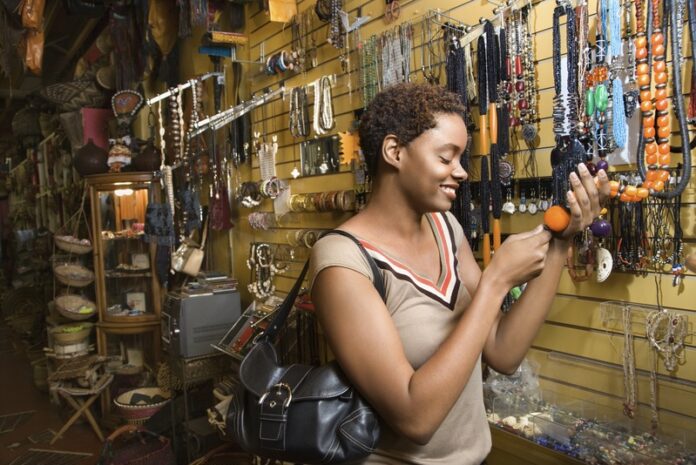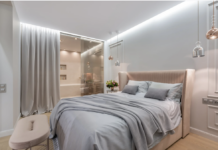
Retail is a fast-moving industry with many different ways to connect with customers and improve sales. The way products are displayed plays a big role in influencing consumer behavior, which affects buying decisions and store traffic, impacting sales. Businesses that understand what motivates their customers can create product displays that improve the shopping experience and build brand loyalty.
By studying consumer preferences, retailers can figure out what grabs attention and encourages purchases. Factors like how products are arranged, the design of displays, and the overall theme all affect how well a store works. Retailers can use display testing and data to fine-tune their strategies, making adjustments based on customer feedback to stay in line with changing preferences.
Consumer Preferences 101
Shopping habits differ widely across consumer groups, influenced by factors like age, gender, and lifestyle. These elements shape preferences for colors, designs, and product arrangements. For instance, younger shoppers may prefer bold colors and creative layouts, while older consumers often lean towards more subdued tones and classic displays.
Effective displays create a welcoming atmosphere by aligning with what shoppers are looking for. Showcasing products that reflect current trends or seasonal themes can make shopping more enjoyable and engaging. Highlighting popular items or offering convenient options helps connect with the audience in a way that feels natural and inviting.
Maximizing Shopper Engagement with Displays
Arranging products in an eye-catching way can heighten shopper interest. Good visual merchandising appeals to the senses, helping guide customers through the store. Placing items strategically creates a natural flow, or pathways, that influence how shoppers move around. This approach can lead to impulse buys when customers find products they weren’t planning to purchase.
Lighting, signage, and the arrangement of products all play important roles in grabbing attention. Well-placed lights can highlight displays, while clear signs encourage shoppers to check out high-margin items. Putting related products near each other can lead to extra sales. Understanding visual marketing not only shapes the store’s design but also helps test and refine display setups over time.
Technique Variations in Display Testing
The way products are displayed affects how shoppers interact with them. Themed displays tell a story, grabbing attention with visuals or seasonal themes that connect with what customers are currently interested in. Cross-merchandising groups related items together, encouraging shoppers to buy things they might not have planned for. Seasonal displays highlight products tied to holidays or current trends, drawing interest by matching the season’s needs.
These methods can be tested to see how well they improve customer engagement. A/B testing is a useful way to compare different display strategies. By showing two versions of a display, retailers can look at sales, foot traffic, and how customers engage to see which one works better. Regular testing and tweaking of displays based on real feedback keeps them in tune with what customers want.
Leveraging Data Analytics for Improvement
Data analytics can greatly improve product displays. Retailers can focus on key metrics, like foot traffic and dwell time, to see how well their displays attract shoppers. These metrics show where customers spend the most time in-store, highlighting which parts of the displays grab attention. Conversion rates indicate the percentage of shoppers who make a purchase after interacting with a display, highlighting the connection between presentation and sales.
Advanced technologies make this even easier. Heat maps visualize customer movement patterns, helping businesses identify popular areas and adjust displays. Customer process tracking reveals how shoppers move through the store and make decisions. This data helps retailers make smarter changes, adjusting displays to better match customer behavior and preferences.
Integrating Feedback Loops in Display Strategies
Consumer feedback plays a key role in improving product displays. Collecting data from surveys, customer comments, and sales figures helps retailers see what works and what doesn’t. Regularly gathering this information gives a clearer understanding of customer satisfaction and preferences. By listening to customers, retailers can spot patterns and trends that may not be obvious at first.
Using feedback loops allows retailers to update displays based on real-time input from shoppers. This helps create displays that better match what customers want. Retailers who stay flexible like this not only improve engagement but also build loyalty, as shoppers see their feedback directly influencing the space.
Understanding and adapting to consumer behavior is key to creating product displays that improve sales and improve the shopping experience. By focusing on what customers like, retailers can design displays that catch attention and appeal to different shopper groups. Using testing, such as A/B testing, helps businesses improve their strategies and stay in tune with changing customer needs. Regular updates based on data and feedback keep displays fresh and interesting. In the end, a well-designed product display not only increases sales but also builds long-term customer loyalty, as shoppers feel understood and valued in an environment that reflects their preferences.











































